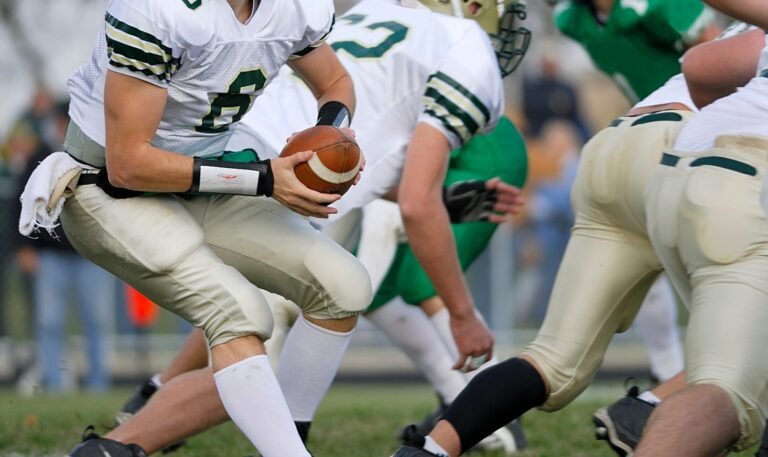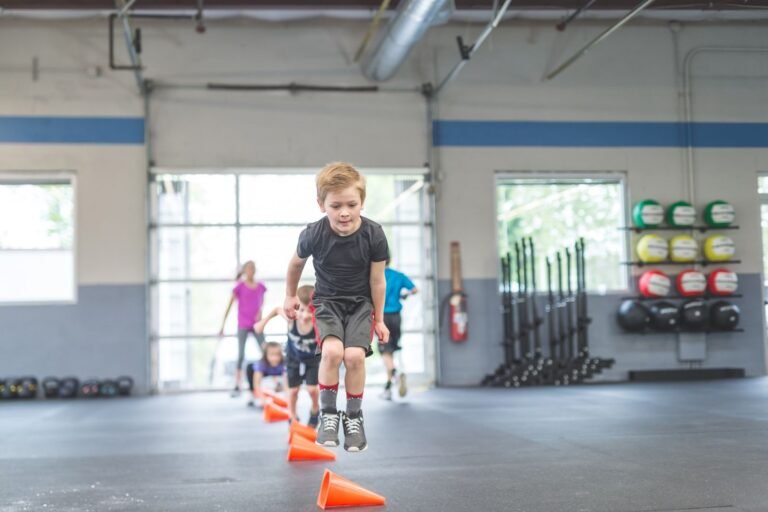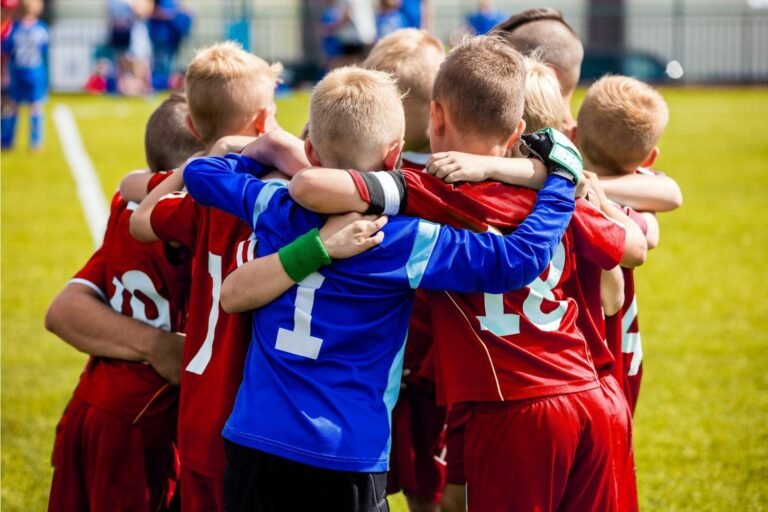Sport takes a big part of children lives. It fosters physical fitness, discipline, and teamwork, but can also bring injuries. The good news is that with the correct strategy many sports injuries can be avoided. This article covers how to protect young athletes enjoying their preferred sports.
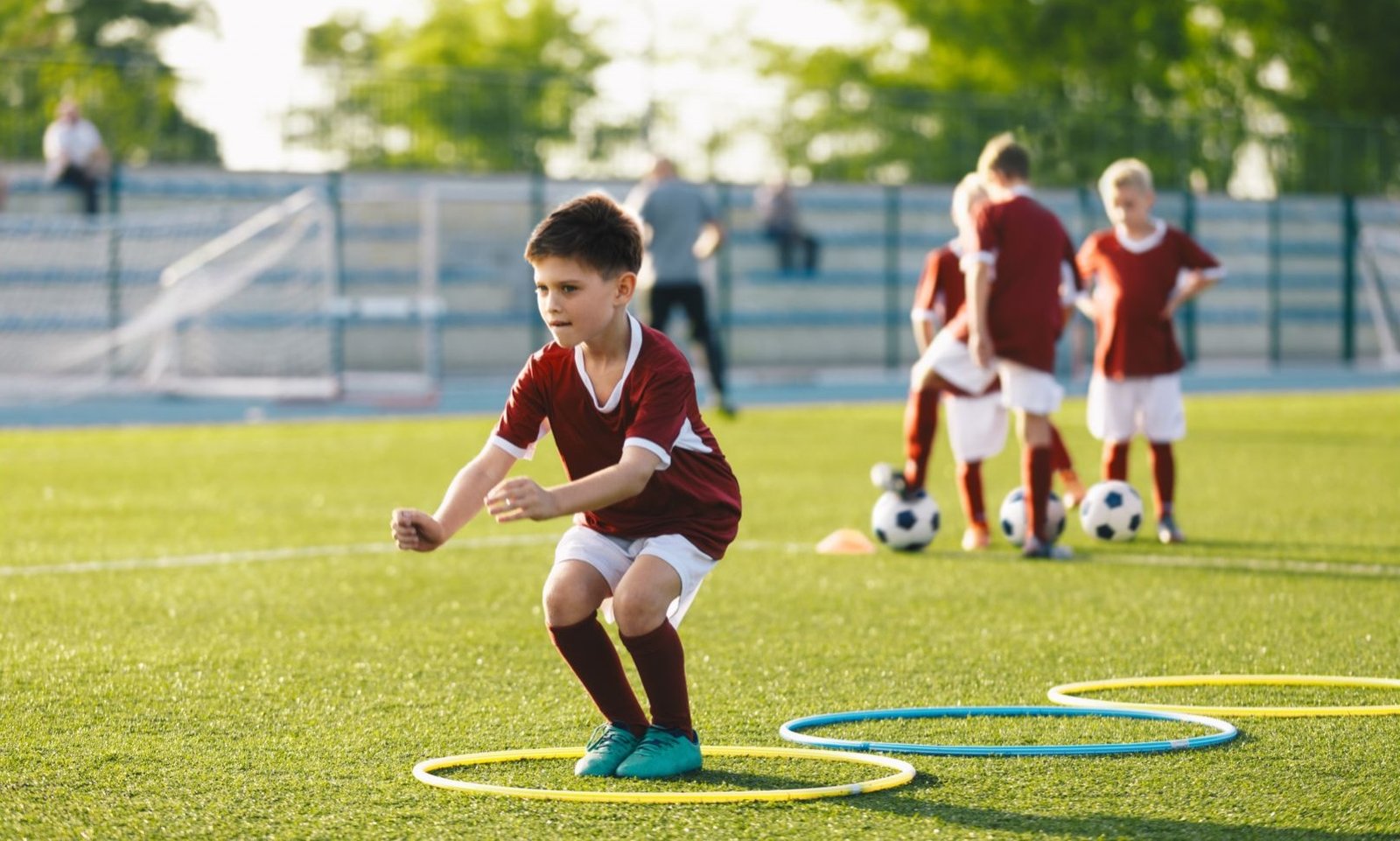
1. Warm Up and Cool Down
Children must fully warm up before beginning any strenuous activity. This helps the muscles and joints get ready for exercise, therefore lowering the strain and sprain risk. For warm-up, dynamic exercises like leg swings or jumping jacks… increase flexibility and blood flow. Static stretches assist cool down the muscles and encourage healing after the exercise, so preventing muscle tightness and soreness and hence preventing injuries.
2. Avoid Early Specialization
Early emphasis on a single sport might cause youngsters to constantly strain the same muscles and joints. Having children participate in several sports or varied physical activities all year long helps to balance their development of muscle groups and lowers their chance of injury. Studies reveal that compared to those who specialize early, youngsters who engage in a variety of sports are typically more physically fit and have less overuse problems.

3. Emphasize Proper Technique
Learning the right motions for jumping, tackling, or throwing will help to greatly lower the injury risk. Throughout practices, coaches and trainers should emphasize correct technique to enable young athletes to properly execute abilities. For sports like basketball or gymnastics, for example, good landing methods assist prevent knee injuries; in football, suitable tackling skills can reduce concussions risk.
4. Use Appropriate Protective Gear
Prevention of injuries depends highly on use of correct equipment and gear, like mouthguards, helmets, pads, and suitable shoes for the particular sport. Protective equipment ought to be utilized as advised, making sure they fit properly. Just remember that protective gear cannot replace good safety practices; athletes still have to abide by the rules and avoid dangerous situations.
5. Ensure Adequate Rest and Recovery
Rest is absolutely imperative for young bodies to heal from the physical demands of sports. Overtraining can cause tiredness, which raises injury risk. Children should get at least one day free from organized activities to avoid injuries. Rest intervals allow muscles to heal and grow, and lower the risk for future injuries.

6. Hydration and Nutrition
While appropriate diet fuels the body and facilitates recovery, proper hydration supports muscular use and joint movement. Particularly in hot weather, athletes should take water before, during, and following training and events. Additionally, to support muscular health and energy levels, make sure your child diet includes fruits, vegetables, lean meats, and whole grains. Hydration replaces lost electrolytes from sweat, it helps with dehydration-related problems including muscle cramping.
7. Gradually Increase Activity Intensity
Gradually increasing the intensity and length of training helps avoid injuries whether it’s returning from a long break or starting a new sport. A quick ramping can strain muscles and joints lacking complete conditioning, resulting in typical problems including stress fractures or shin splints. Strength and conditioning activities included into training schedules can help young athletes develop resilience and lower injury risk.
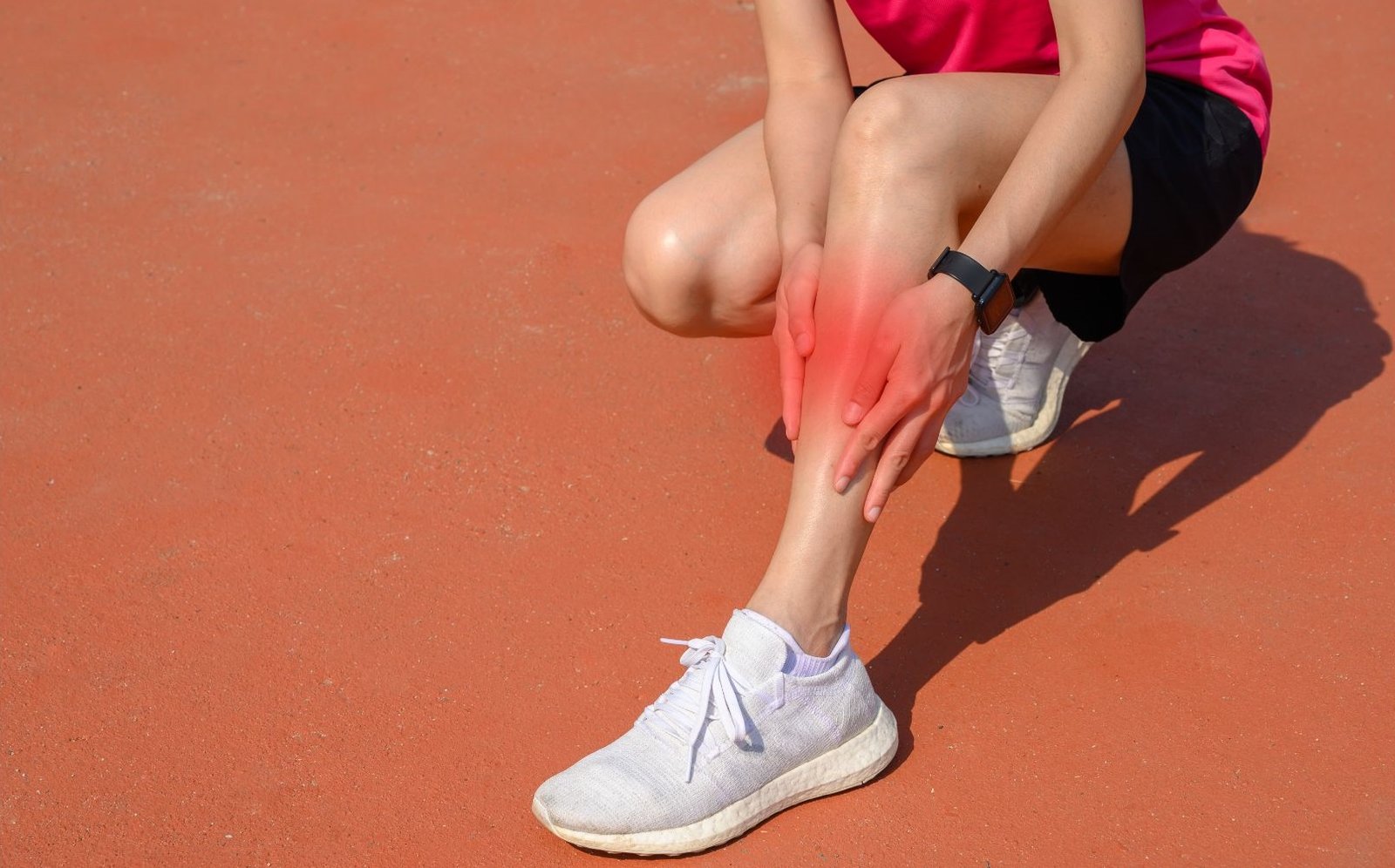
8. Pay Attention to Pain
Young athletes should not neglect discomfort. Although some muscular soreness is expected following vigorous activity, strong or continuous discomfort could point to a more severe damage. Children should be encouraged by parents and coaches to be honest about any discomfort and, when necessary, to get medical care. Ignoring small signs could aggravate injuries and extend the period of healing.
9. Get Regular Sports Physicals
A preseason physical examination can find any possible problems a youngster might be prone to damage from. Sports physicals guarantee that the athlete is fit overall and ready for the demands of the sport they will be practicing. Early on identification and treatment of disorders helps to avoid more major harm later on.
Conclusion
Sports can be a joyful and fulfilling aspect of childhood, but safety should always come first. Young athletes can minimize their chance of injury by using these injury prevention techniques and still enjoy their preferred sports. Keeping children healthy and active depends much on encouraging good habits including warming up, relaxing, using the right techniques and equipment. Like any physical activity, prevention is crucial, hence proactive safety measures serve to guarantee that sports remain a good experience for all young athletes and the parents.


